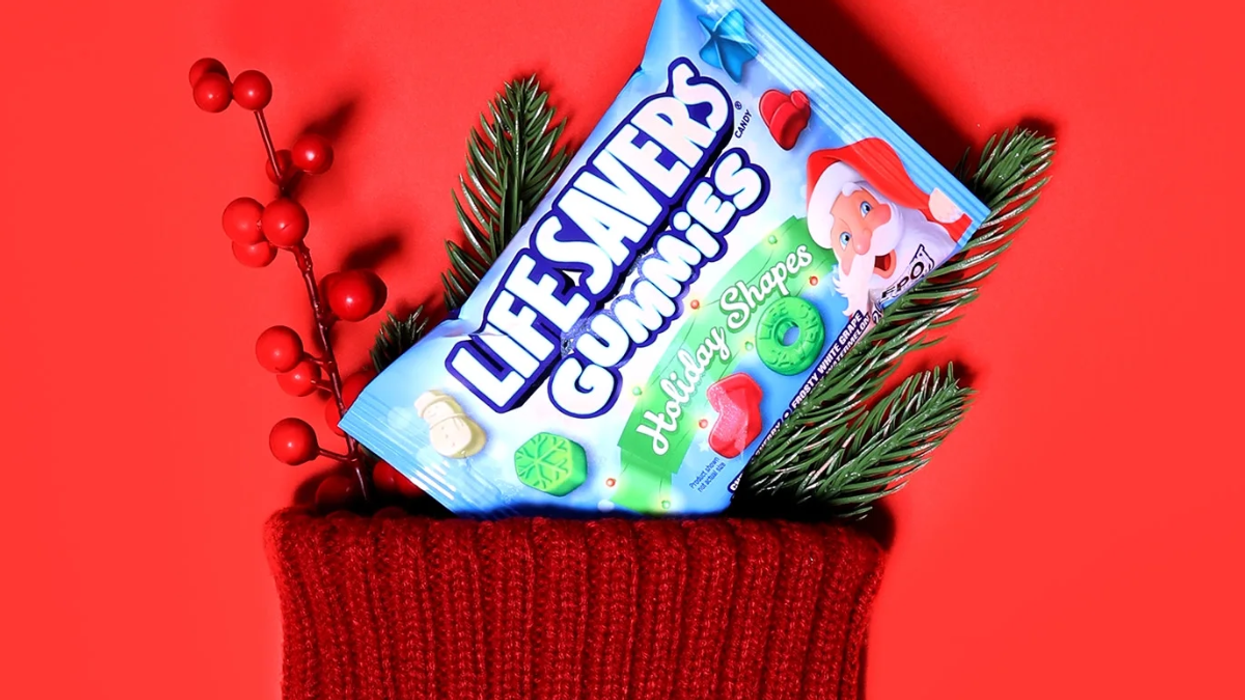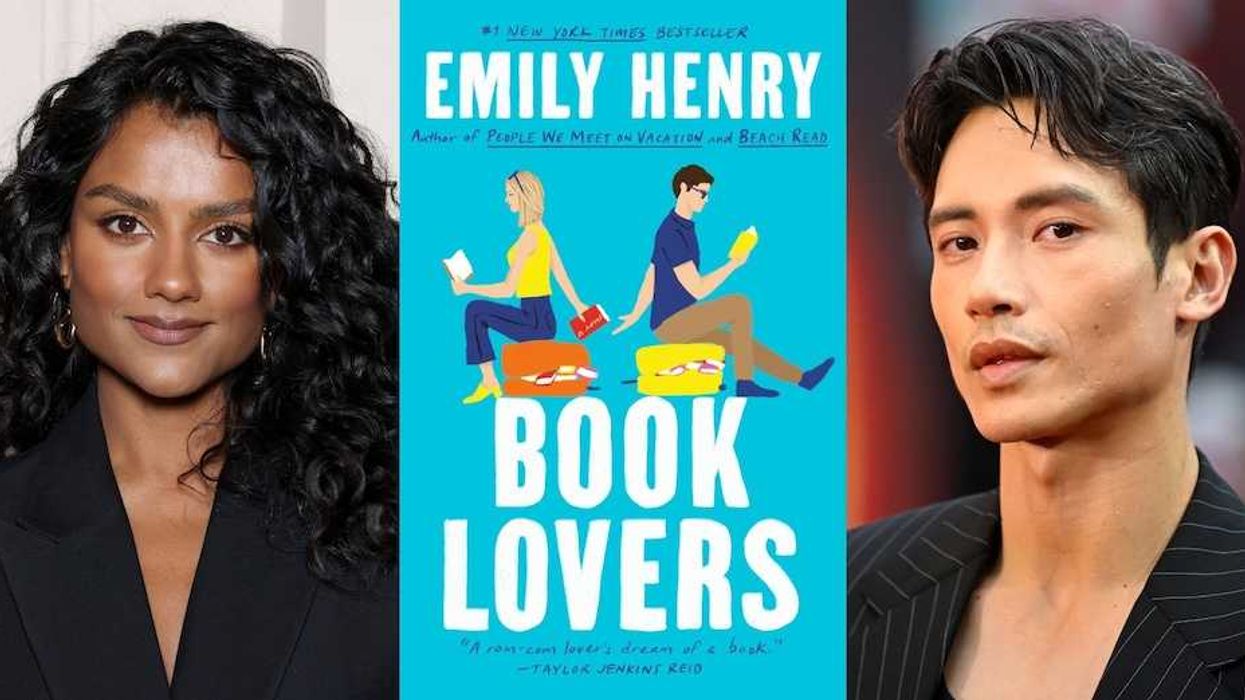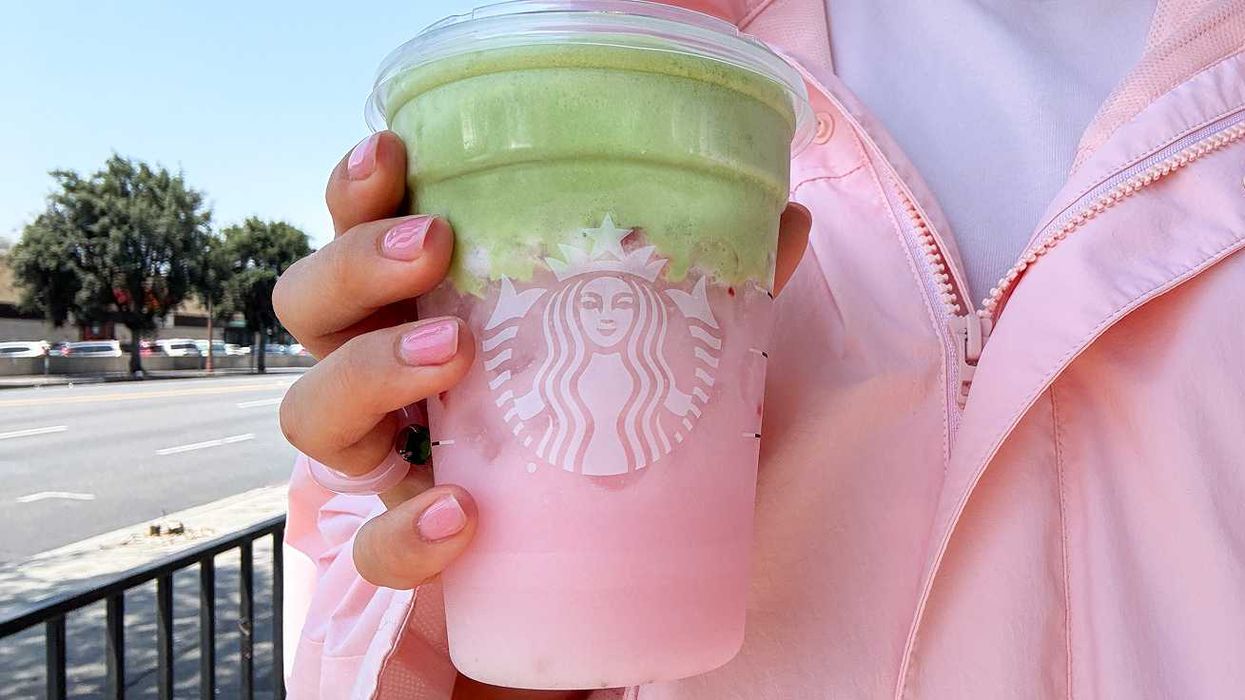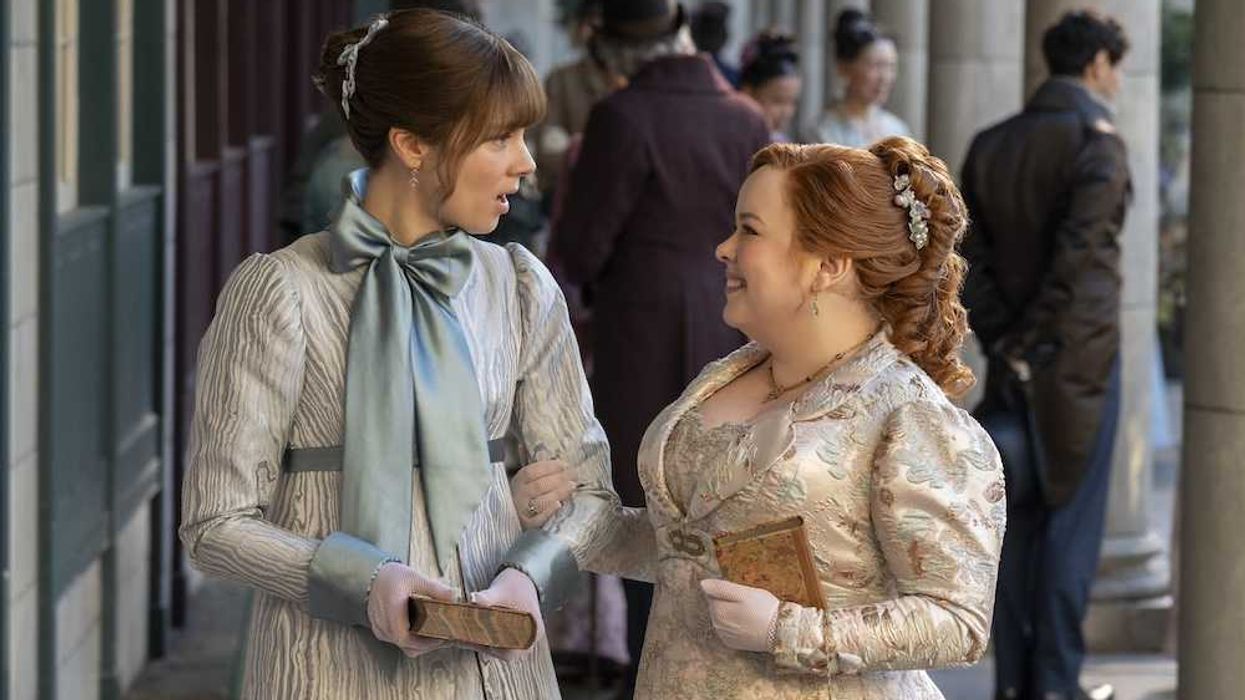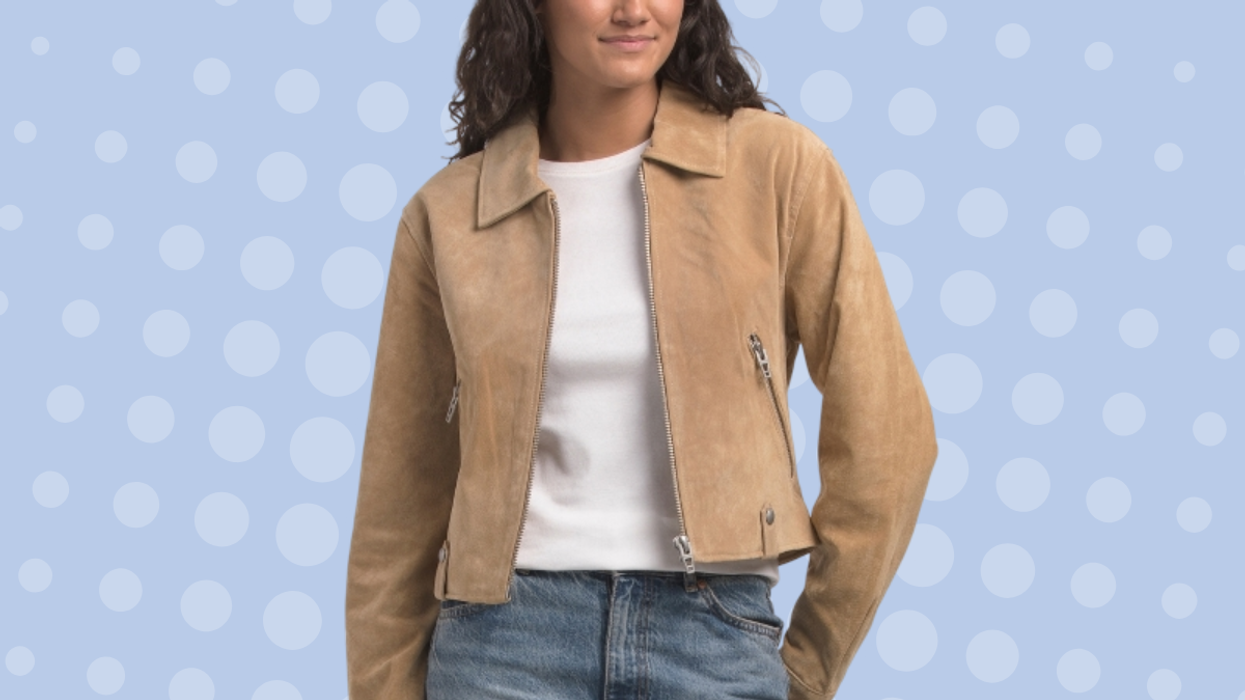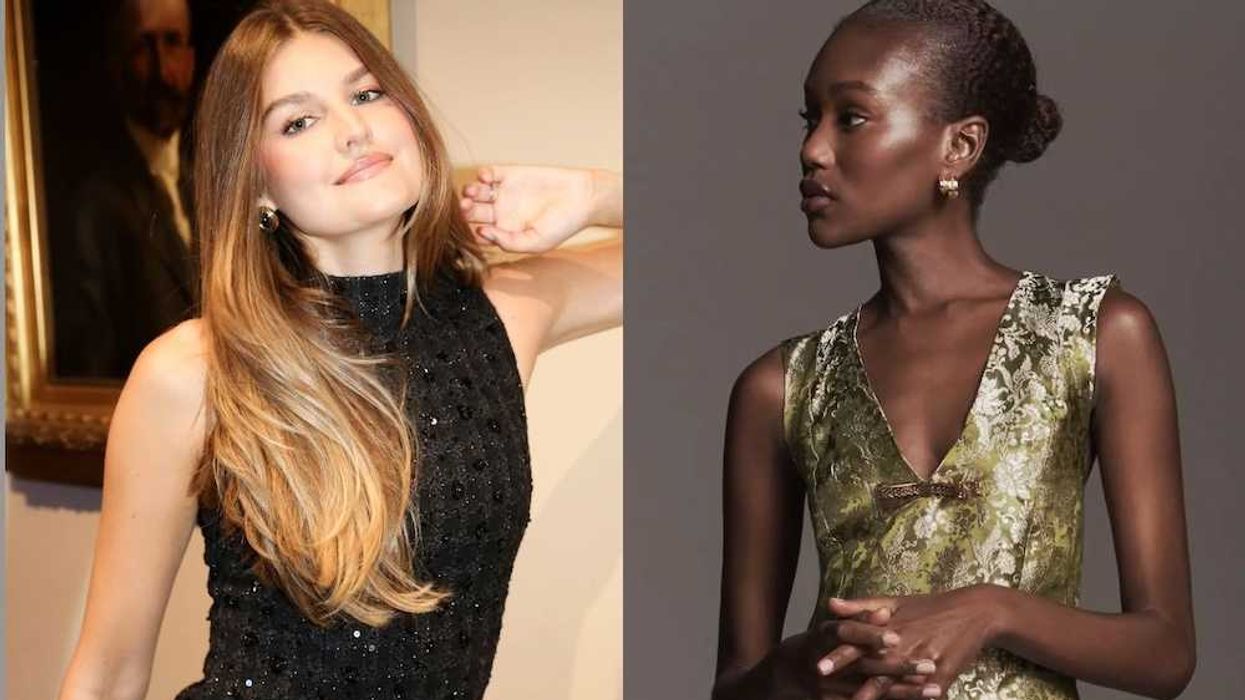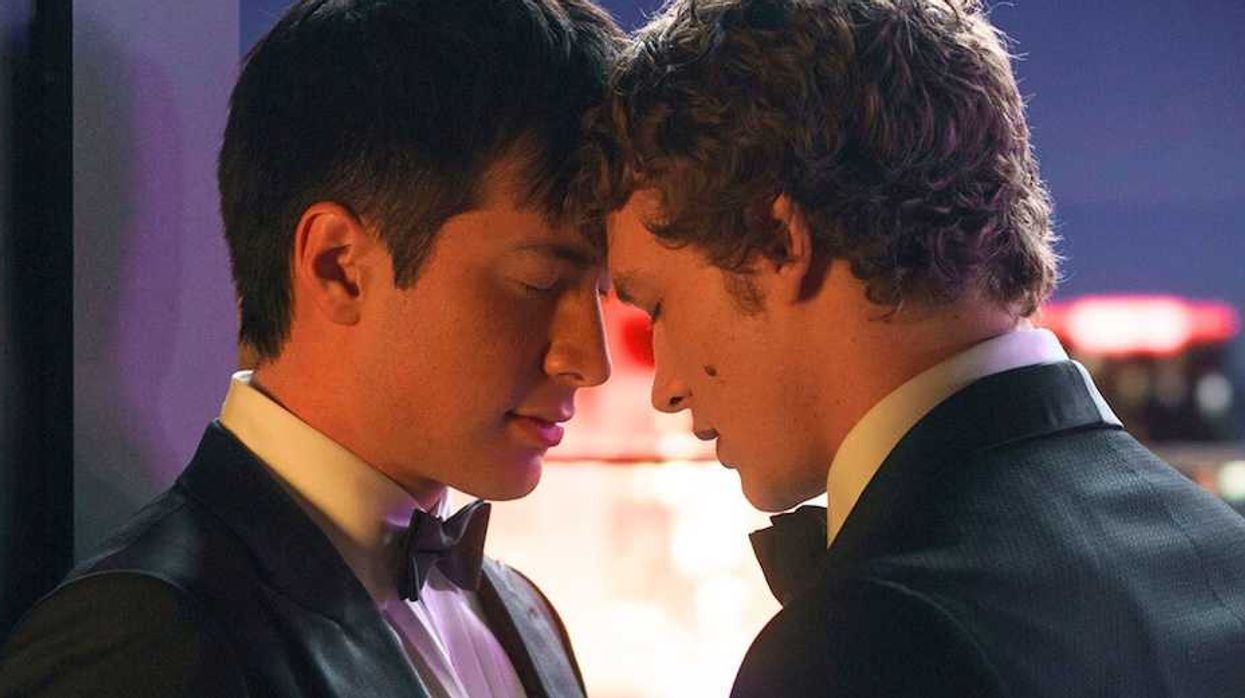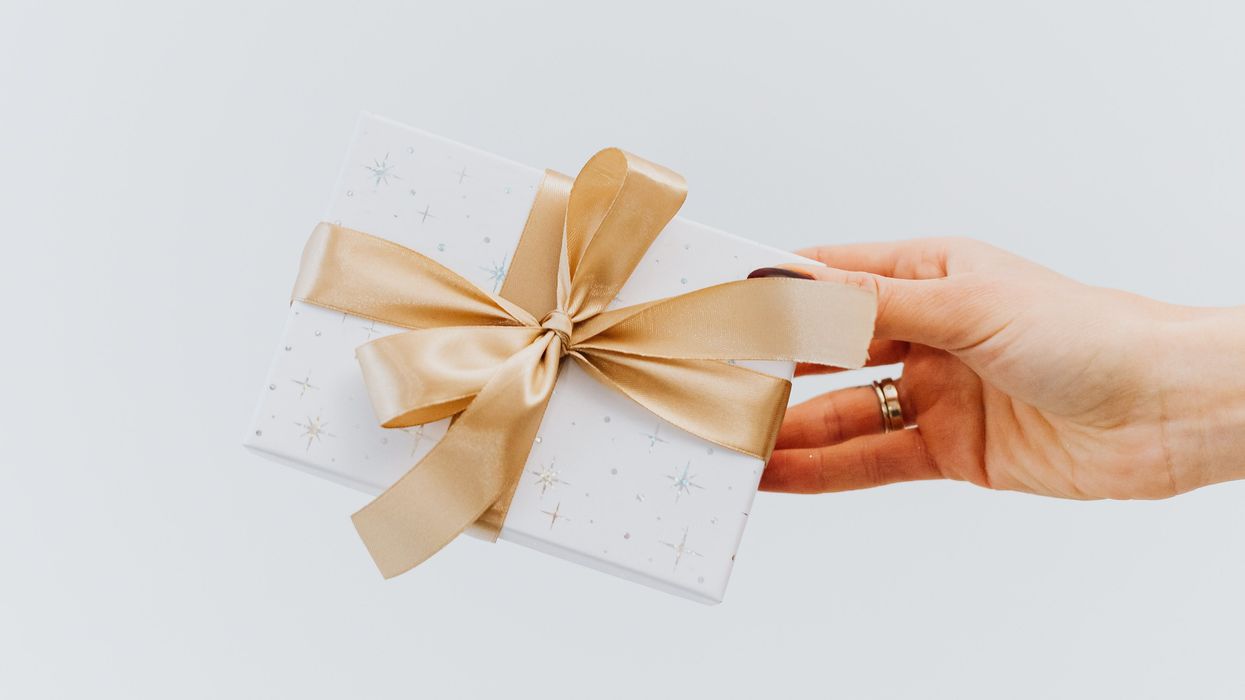Rosé all day, errday.
A Sommelier Explains Why We’re All Obsessed With Rosé

From summer brunches to binge-watching Netflix’s new hit series Girlboss with your besties, there’s really never a bad time to pop a delicious bottle of rosé. In fact, people are more than a little obsessed with pink wine right now — not only can you subscribe to a summer rosé wine club, but you can further express your passion for pink wine with some adorable rosé-themed swag, rosé chocolate, and even rosé gummy bears. But why the heck are we all so consumed with rosé everything these days? To get some professional insight, we talked to a sommelier and author of Cork Dork ($17) Bianca Bosker, and she gave us her two cents on why we’re all *so* obsessed with pink wine.
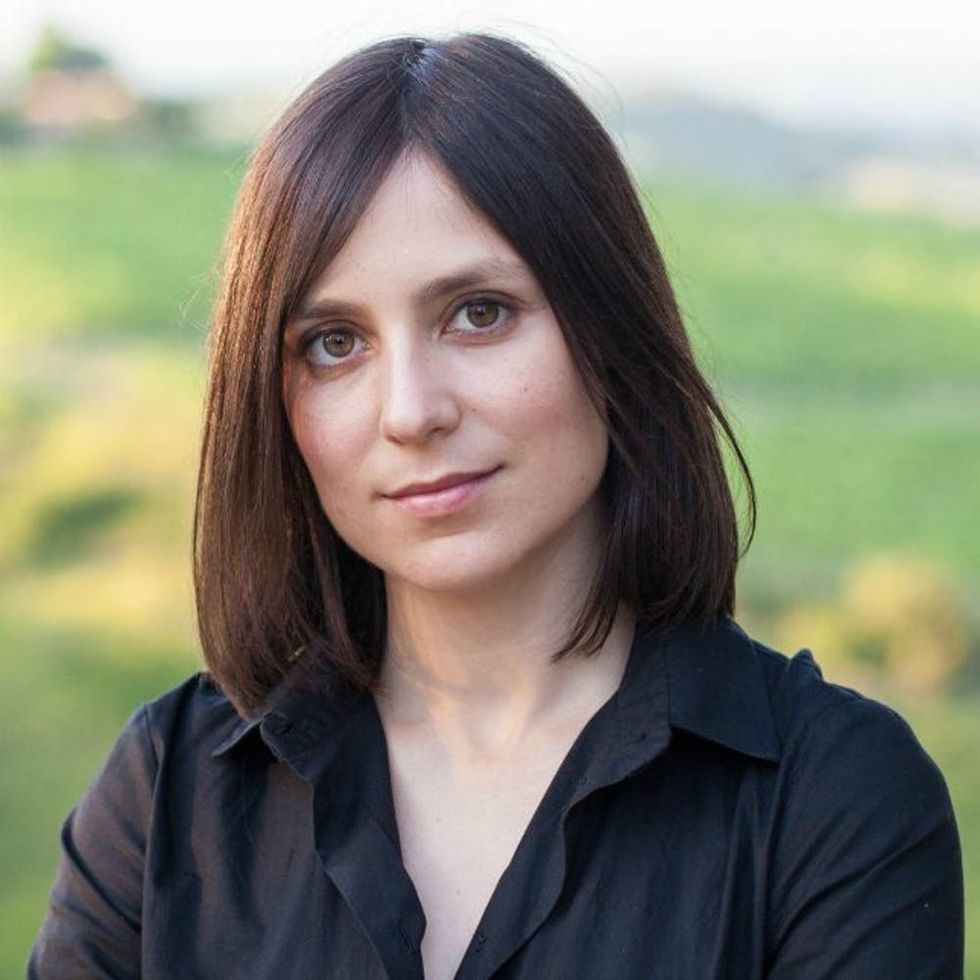
B+C: Okay, let’s get down to business. Why the heck are we so obsessed with rosé?
Bianca Bosker: Why not? It’s refreshing, it’s quenching, and it’s a good bang for your buck. While I was working as a sommelier, we had a Lebanese rosé on the menu that was so bright, light, and revitalizing you could have guzzled it instead of Gatorade — which is essentially what our guests did. Of course, it doesn’t hurt that rosé is so damn beautiful. One of the most evocative descriptions of wine comes from a very poetic 17th-century French scientist who couldn’t decide which pink wine hue was more exquisite: the one resembling the sun at dawn, the eye of a dying partridge, or a hyacinth flower “tending to orange.”
As I learned firsthand after undergoing taste-training boot camp at the hands of sommeliers and sensory scientists, color can be delicious. [Research shows] it can even be sweet, acidic, or bitter. Our perception of a wine’s flavor is shaped not only by taste and smell but also [by] color, texture, price, our expectations, background music, [and] the people we’re drinking it with. Rosé looks nice, so it tastes great too. And since we tend to chug rosé during the laid-back summer months, our good mood also flavors the bottles.
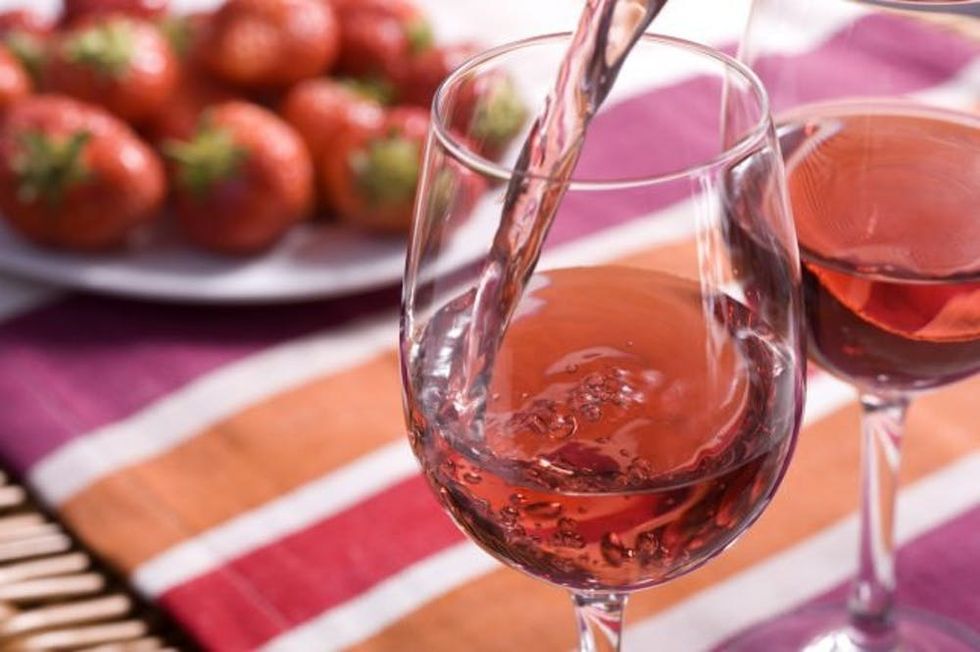
B+C: Rosé gets a bad rap for being a “girly wine.” Can you debunk this?
BB: That’s just silly. Historians believe civilization’s earliest wines were pink — cavemen might well have been cheering, “yes way rosé.” Fast forward several hundred centuries to the Middle Ages, and much of the wine we drank was still pink. As Katherine Cole writes in her forthcoming book Rosé All Day ($25), present-day dudes like Rick Ross and Flo Rida are certifiably smitten with rosé. Flo Rida has pledged his affection with rap lyrics like “two in the morning I’m zoned in/them rosé bottles foaming in,” and Ross apparently answers to “Rozay.”
B+C: Say we want to bring a good rosé to our best friend’s dinner party. What are some unofficial rules to keep it delicious and on budget (especially when we don’t know what the menu is going to be)?
BB: Rosé is a team player, so don’t stress too much about pairings — it’s a versatile wine. Lighter bottles will make a lovely aperitif, but if you plan to drink pink over a meal, you may ask your wine store for a richer, fruitier, or more herbaceous bottle of rosé with extra flavor oomph. Also, keep in mind that rosé doesn’t necessarily improve with age — part of its charm is vivacity and freshness, which you get [from] drinking younger wines.
I’d also be wary of picking rosé by their label. Don’t be intimidated to stray far beyond France to rosés from Greece, Georgia, Lebanon, Slovenia, and beyond. Some of the best value bottles come from non-brand name regions. Remember the golden rule I learned from my somm mentors: “You can’t make a margin on sh*t people don’t know.” (Translation: You can often find better value wines by straying off the beaten track.)
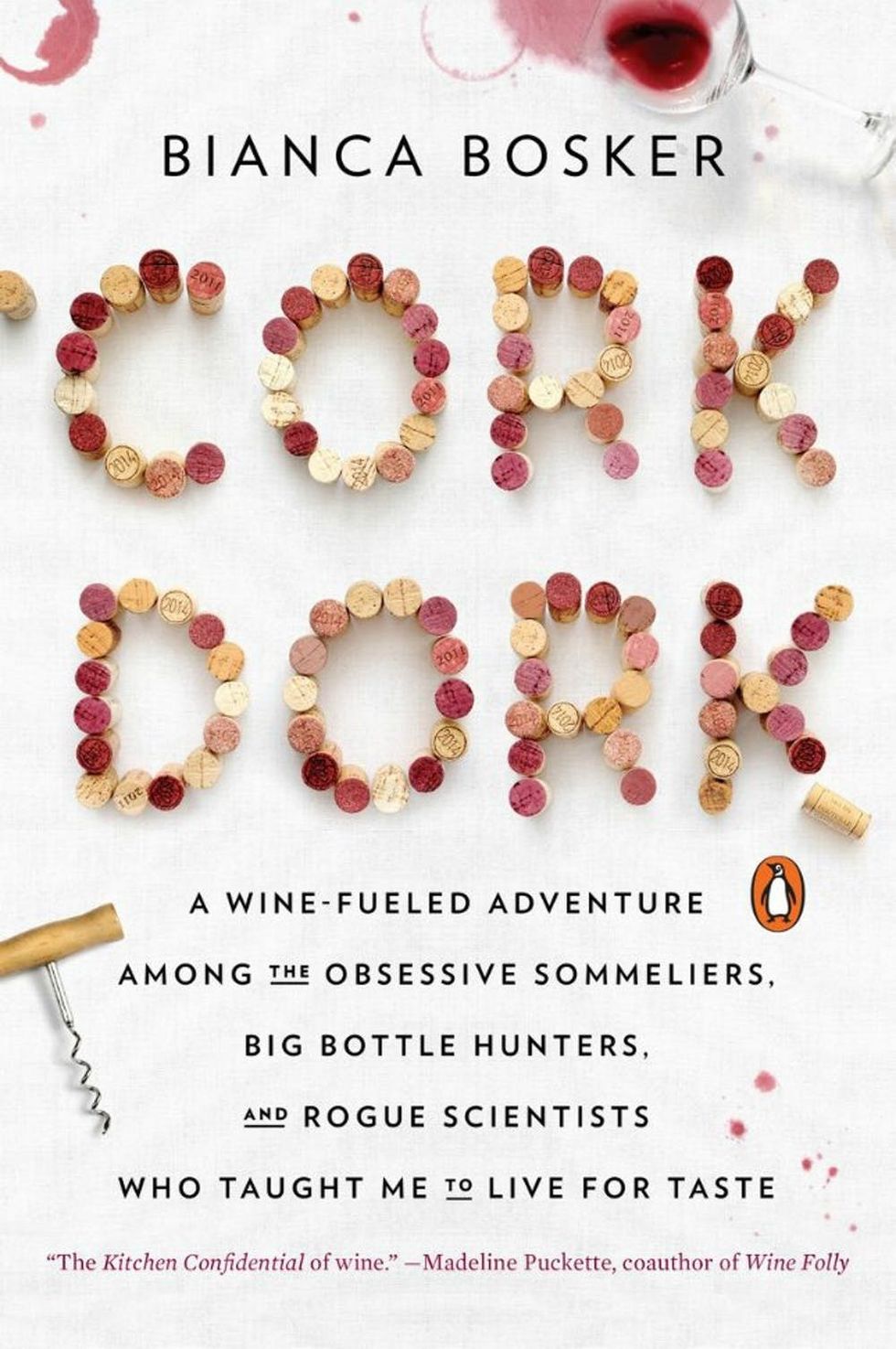
B+C: Speaking of menus, what are some of the most common and uncommon food pairings that go great with rosé?
BB: For rosé, go cheesé (had to, sorry) — goat cheese with a salad, quiche, tartines, even grilled cheese sandwiches. It’s also no coincidence we drink more rosé during the spring and summer months when foods that go well with rosé come into season [like] asparagus, fava beans, peas, sweet corn, rhubarb. But again, rosé is like the ideal party guest who can play nicely with anyone and anything.
I’ve also enjoyed rosé with takeout sushi and Kraft mac ‘n cheese and will be experimenting with more unusual pink pairings in my Instagram series #pairdevil, where I pair wines with the foods we really eat on, say, a Wednesday night. My philosophy [is that] wine doesn’t need a special occasion — it creates one.
B+C: In your newly released book Cork Dork, you set out on a wine-fueled adventure that took you to some of the swankiest wine hubs in the country. In your experience, is there a wrong way of ordering wine off a menu? Will restaurants judge us for ordering a guilty-pleasure rosé?
BB: As I discovered in the course of apprenticing in several Michelin-starred restaurants, yes, you are being judged. Top restaurants aim to Google their guests before they arrive, and log detailed notes on guests’ budgets, pet peeves, preferences, relationship to the restaurant, and more. [If you] throw a temper tantrum, you risk being labeled an “HWC,” short for “handle with care,” or [a] SOE, short for “sense of entitlement.” The best way to avoid being upsold is just to show open, honest curiosity. Too many guests treat the wine list like a multiple choice test, as if they have to pick the “right” answer from a laundry list of options by the time the somm gets back. You really only need to provide a sommelier (or person at a wine store) two pieces of information to get a great bottle: 1) what you want to spend and 2) what flavors you want to drink. The latter could be as specific as, “I feel like an off-dry Alsatian Riesling” or as broad as, “I want to drink something peach-y.” The somm, who knows the list more intimately than a guest ever could, guides from there.
B+C: Finally, what three rosés are you most excited to drink on a sunny patio this Spring?
1. Domaine de la Grande Colline “Le Canon Primeur” Rosé Pet-Nat ($20, Rhone). [This] slightly effervescent bottle is from a Japanese winemaker working in Southern France. [It] puts the “fun” in funky.
2. Abbatucci Gris Imperial Rosé ($24, Corsica). My rosé guru, sommelier Victoria James, who’s coming out with a book called Drink Pink ($20), loves this wine. And she never steers me wrong.
3. Montenidoli Caniuolo Rosato ($20, Tuscany). Delicate and charming. A happy wine for a happy time that reminds me of happy memories in a happy place.
Have you jumped on the rosé bandwagon? Tweet us by mentioning @BritandCo.
Brit + Co may at times use affiliate links to promote products sold by others, but always offers genuine editorial recommendations.



